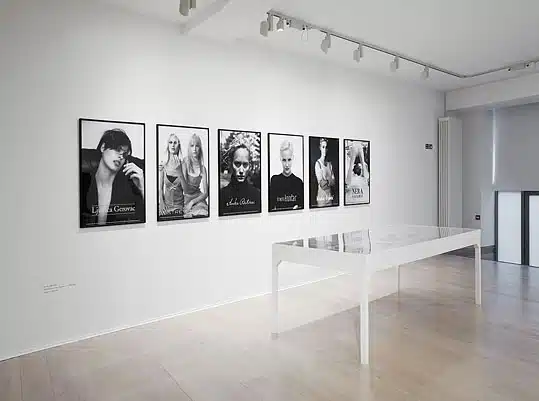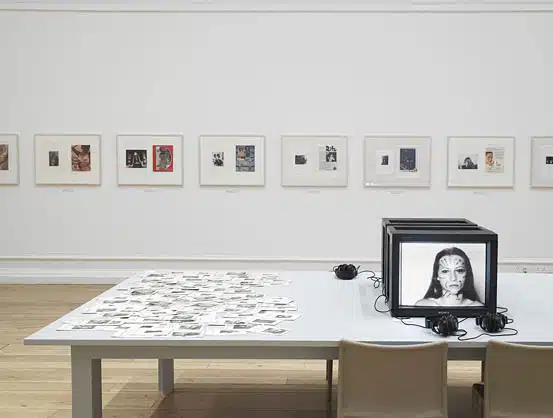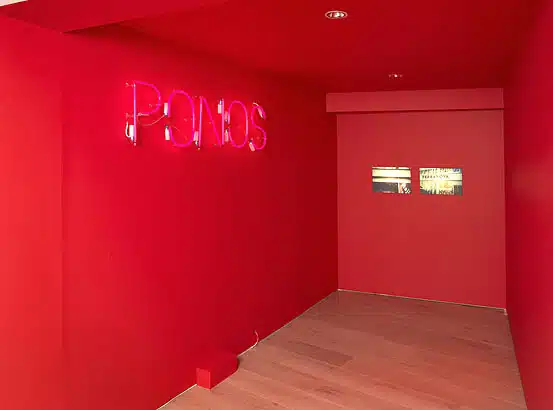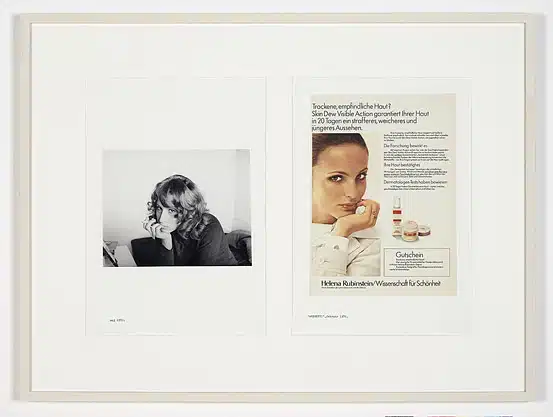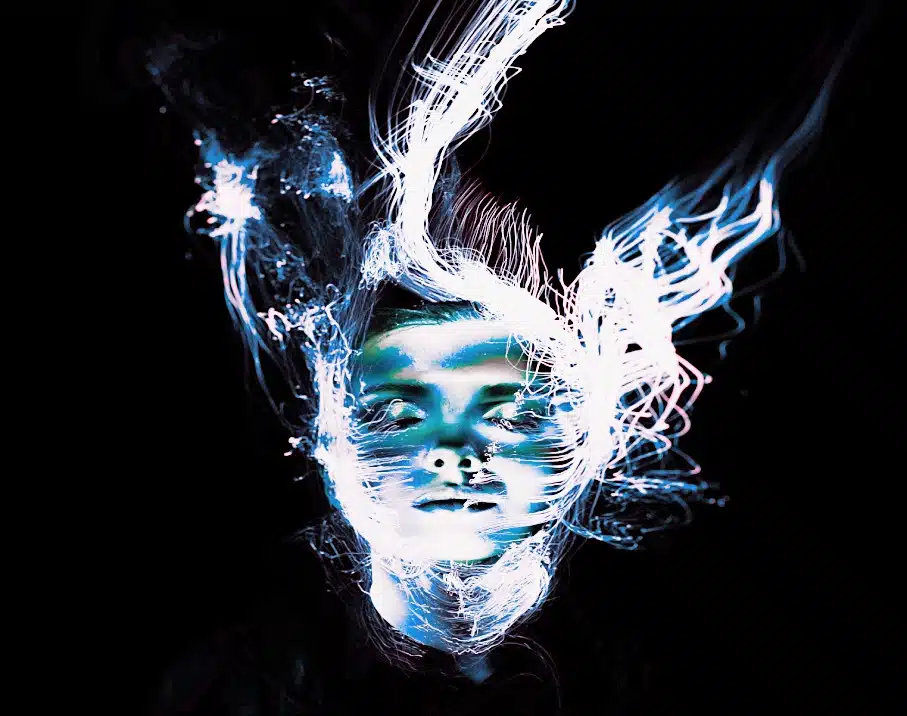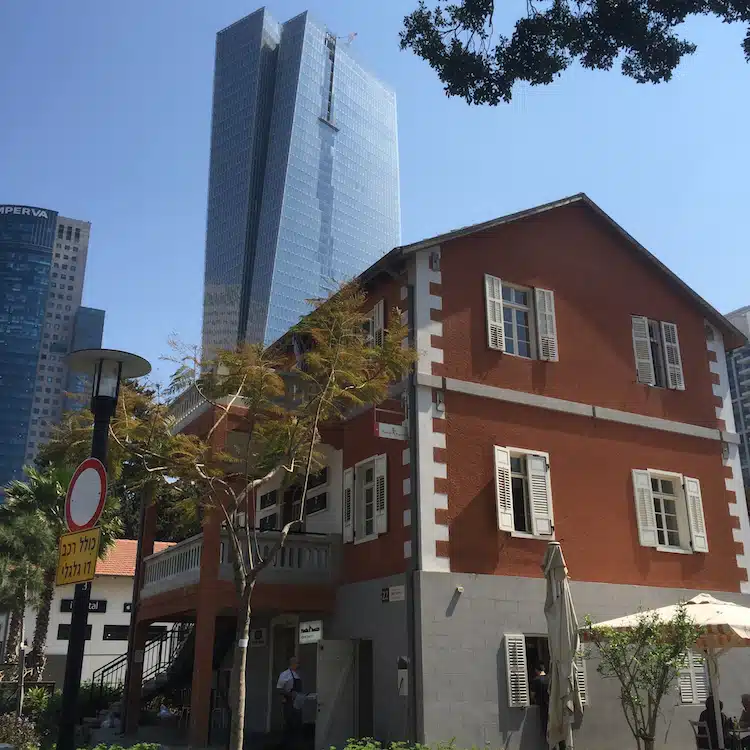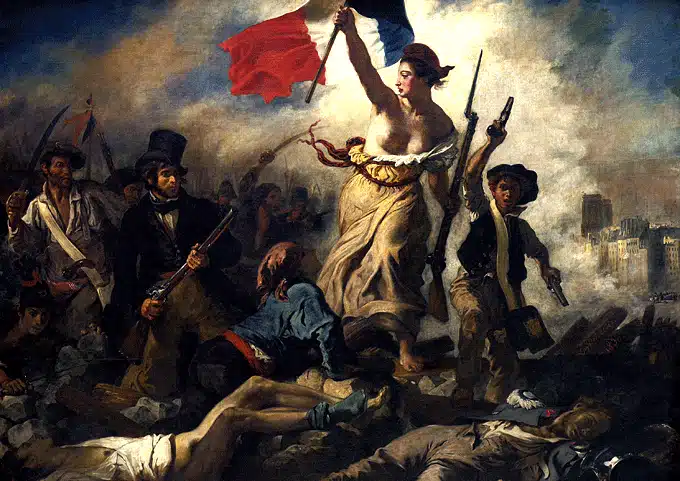Unknown Heroine is the first solo exhibition in the UK of Croatian artist, Sanja Iveković. Iveković’s artistic strategy ranges from collage, film and photography to performance and installation. The exhibition spans two venues, Calvert 22 in Shoreditch and the South London Gallery in Camberwell, and features work made against a background of political change and upheaval over the last four decades in former Yugoslavia.
Iveković’s work embodies the critical approach to art pioneered by women in the wake of second wave feminism. However, her sensitive appropriation of the impact of the fall of the Iron Curtain on Eastern Europe is unique.
The emphasis at Calvert 22 is on the political shift from socialism to capitalism; portraying how these ideological transitions affected how women were perceived and represented. In showing these works, the gallery upholds its curatorial commitment to engage their audiences in Eastern European visual culture. The work shown at South London Gallery deconstructs the lack of feminist consciousness in the media. Iveković subverts the cultural mythology surrounding the image of woman as a commodity for male spectatorship. She manipulates cultural aesthetics in order to address and explore abstruse issues related to the social construction of woman as often invisible and phantasmic.
At Calvert 22, Iveković addresses that an ideological notion of gender has been constructed by patriarchy and politics; women are consistently erased from the public sphere and historical narrative. Private – Public (Man’s pictures – Woman’s Pictures) (1981) juxtaposes photographs of public monuments that represent socialist ideals of masculinity and femininity with images of male models and female ballerinas. The use of photomontage and juxtaposition is a recurring technique; in The Tragedy of a Venus (1975-6) tabloid images of Marilyn Monroe are paired with snapshots of Iveković in her daily routine. These works challenge female stereotypes and the dichotomy between producing public and private images. The instability of female success is evoked by captions such as, “still far from glory” or “still unsure of herself”. An insight into the turbulent political climate of the East is provided by performance work such as Triangle (1979) and Triangle 2 (2005), which centres on censorship and law enforcement. Gen XX (1997-2001) is another striking work where Iveković has altered the copy on six magazine adverts to display information about female militants who were imprisoned, executed or tortured during World War II. Iveković embraces the avant-garde in the film Practice Makes a Master (2009). Embodying the anti-art cultural spirit of the ‘Dada’ movement, a woman continually stumbles and crashes to the ground with a bag over her head in a surreal performance piece.
The work shown at South London Gallery reifies that a fantasy has been projected on the female body as an object of male gratification. The media has marketed women as consumer goods; adverts have been designed to appeal to male sexuality and so women offer their femininity as surveyed. Black File (1976) indicates a sexualisation of teenage girls, the images of models captioned with columns from ‘missing persons’ articles begs the question about whether a missing girl is an erotic subject. Parallel to The Tragedy of a Venus, Iveković juxtaposes photographs of herself and advertisements found in imported Western magazines in Double Life (1975) to reiterate how consumerist power has played in a role in the construction of female identity. The videos, Instructions No.1 (1976) and Make Up – Make Down (1978) focus on a ritualistic fascination with make up and cosmetic surgery. Iveković has stated that she is “convinced that activism and art can be mutually complementary”. Figure and Ground, contrasts images of armed militants after 9/11 with images of female models in a ‘military’ style magazine shoot wearing bikinis and balaclavas. Women’s House (Sunglasses) (2002/12) overlays designer adverts with female testimonies to experiences of domestic and sexual violence.
Iveković’s work is consistently provocative, defiant and critically engaged. An interesting documentary, Women’s Memoirs of Socialism (2002), from the Women’s Art Centre in Zagreb is shown in the basement of Calvert 22. The documentary places the work in a social and historical context. It reiterates that Iveković’s motives are part of a wider cultural debate about the status of women in society across the world. On the 25th January, curator Lina Džuverovic is holding a one-day free conference at the Royal College of Art. The event uses the exhibition as a point of departure in order to discuss “urgent matters in feminism today”.
The exhibition finishes on the 24th February.
South London Gallery Show Information
words Philomena Epps

